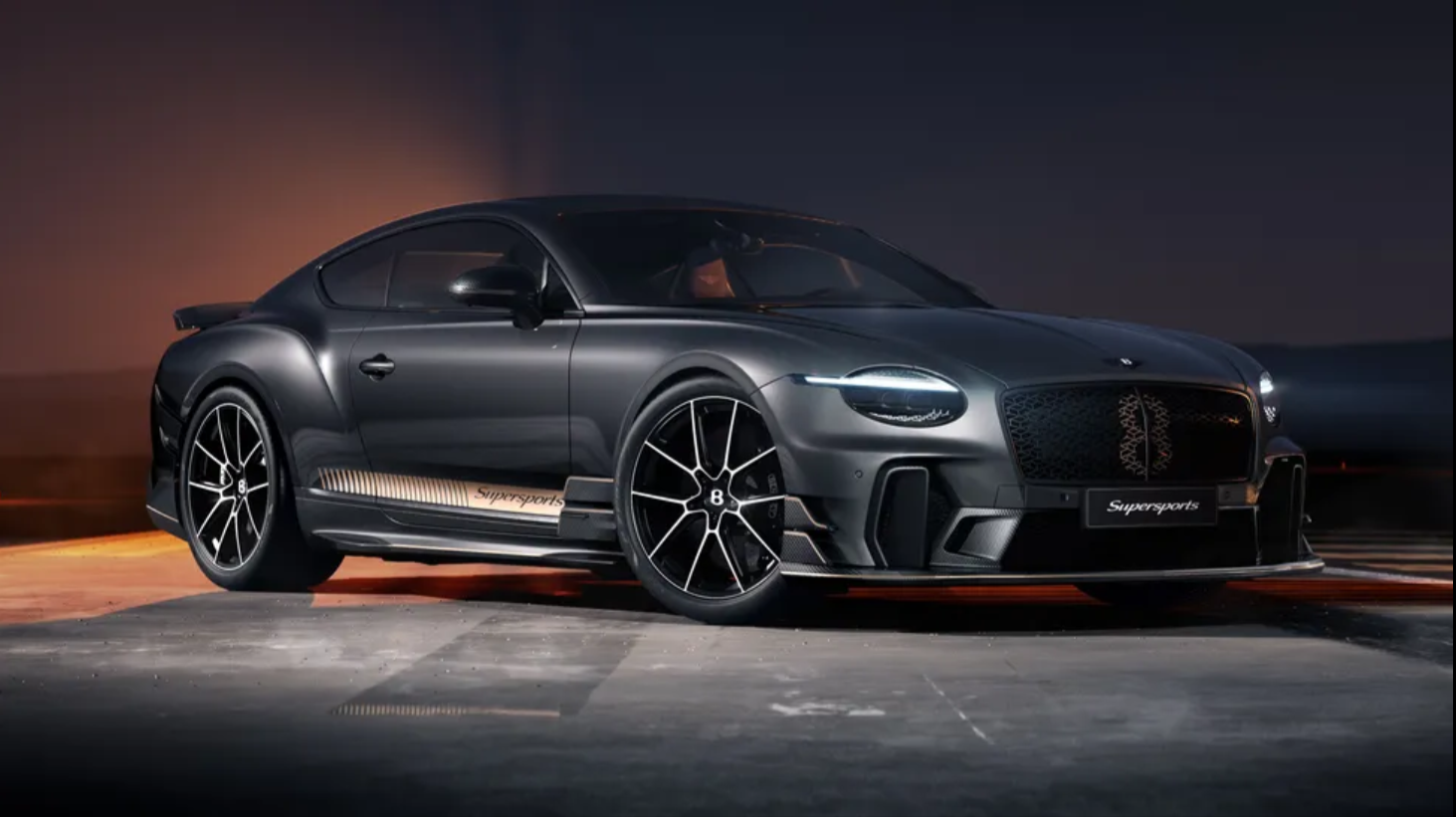An electric Caterham Seven. We thought the day would never come. It still might not. What you see here is a prototype, a toe in the water. As it stands Caterham has no intention of putting it into production.
All clear on that? Because we’ll come on to discuss why Caterham has done it further on. In the meantime, here’s what you’re looking at: a Seven, but about 70kg heavier, with the performance to match the flagship 485 petrol version. Based around a widebody chassis, it will use a 50.8kWh front-mounted battery pack (40kWh usable) powering a 240bhp transaxle electric motor on the rear axle that incorporates a single gear and limited slip diff.
The battery extends into the transmission tunnel, allowing a weight distribution almost identical to the petrol car’s. 0-100kph will take around 4.0secs, top speed is 209kph and the target weight is under 700kg – the aim is for the additional weight to be equivalent to carrying a passenger. Nevertheless, what we have here is potentially the world’s lightest electric car.
It's not all Caterham’s own work. The firm has joined forces – not for the first time – with Swindon Powertrain. The touring car engine specialists previously did the engineering for the famous Seven JPE (Jonathan Palmer Evolution) back in 1993. Swindon Powertrain has diversified since, going so far as to develop its own EV brand, Swind, that electrified an original Mini and built an e-bike.
The plan is to build two prototype Seven EVs designed to meet a specific objective: track day use. “The core DNA of the product is a track car,” said Bob Laishley, Caterham’s CEO. “We've taken a one hour track slot and imagined how you would use it; drive for 20 minutes, have a cup of tea, then use it again for the last 20 minutes of the hour. So we need to charge during the tea break. Every other attribute, range and size of the battery, all stems from that, because if you've got enough energy to run a track for 20 minutes, you’ll easily have enough for a Sunday morning blat.”
The trouble is that the on-board charging network needed to permit DC charging at public points, let alone AC at home, would have added more weight and taken up space that wasn’t available. So these two cars, using 400V architecture, depend on a bespoke 150kW charging system that Caterham will take to tracks when the cars run. Like we said, toe-in-the-water stuff.
Why bother at all? Two reasons: it’s unclear what the legislative picture looks like for small car companies post-2030, and, according to Laishley, “we are also making a show car, a completely new model, which will potentially use some of this as a development platform”. We’re set to see that on the 12 July.
Two rather fundamental things going on there. Could Caterham be about to expand its model range with an all-new car for the first time since the ill-fated 21 back in the 1990s? And what does the electric future mean for the UK's small car companies?
“From 2030, all new cars have to have significant electric range,” comments Laishley. “Hybrids are a non-starter because we can't package in the motor, a battery – or certainly a battery big enough to give it significant range – and fit it into the chassis. Specifically for us, that piece of legislation excludes us making ICE (internal combustion) Sevens.”
Current European legislation is different – and more flexible – but as it stands all UK car firms have to abide by the same regulations, a one-size fits all strategy that could well signal the end for many.
“If you talk to the government directly they're saying they don't want to put companies out of business,” Laishley continues, “and generally, common sense has prevailed for those manufacturers that produce less than 1,000 cars a year. And this controversial paper is not set in stone as we speak today.”
But you can see why Laishley feels Caterham needs to at least see what a Seven EV will look, feel and behave like. The car will undergo testing and development before being seen in action at the Goodwood Festival of Speed in July.
Source









.jpg)


.jpeg)

.jpeg)
.jpeg)

